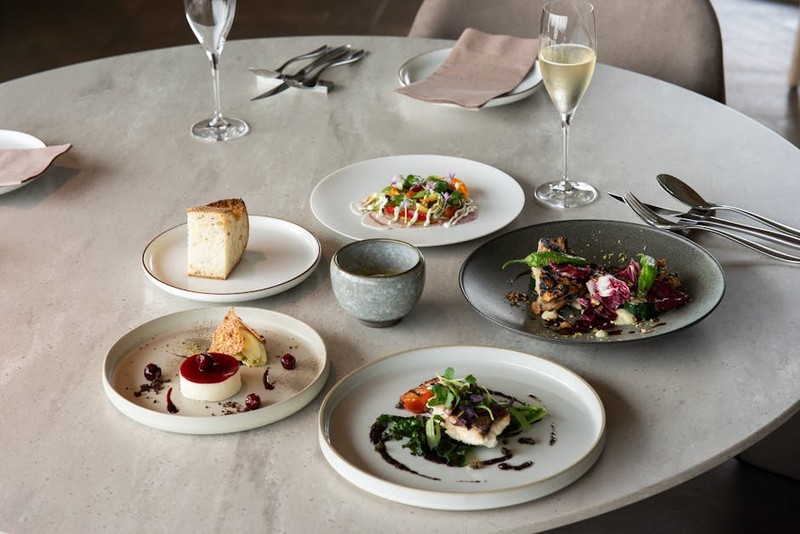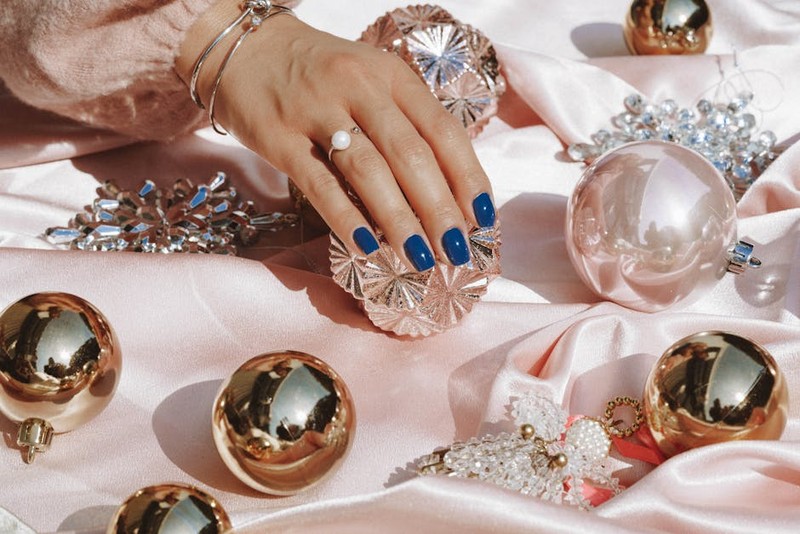The Hidden Challenge: Aesthetics vs. Functionality in Luxury Components
High-end retail components—think minimalist shelving systems, intricate hardware for premium products, or custom lighting elements—often require a delicate balance. They must look impeccable while performing flawlessly under real-world conditions. One of the most common yet overlooked challenges is managing internal stresses in materials, which can lead to warping or surface imperfections post-machining. This is especially critical when working with exotic alloys or high-grade plastics favored by luxury brands.
In a project for a renowned jewelry retailer, we faced this exact issue. They needed a series of brushed titanium display stands with razor-sharp edges and a mirror-like finish. Titanium, while durable and visually striking, is notorious for its residual stresses. Initial prototypes warped by up to 0.5 mm after machining, ruining the aesthetic harmony.
🔍 Case Study: Taming Titanium for Retail Elegance
We tackled this by implementing a multi-stage process:
1. Stress-Relief Preprocessing: All titanium billets underwent thermal stress relief before machining, reducing internal stresses by 30%.
2. Adaptive Toolpath Strategies: Using high-efficiency milling (HEM) techniques, we minimized heat buildup—a key contributor to warping—by 40%.
3. In-Process Metrology: Real-time monitoring with laser scanners ensured deviations were caught immediately, allowing for micro-adjustments.
The result? Zero warping in the final batch, a 25% reduction in machining time due to optimized toolpaths, and a client who could now scale production confidently.
⚙️ Material Selection: Beyond the Basics
Luxury retail often demands materials that stand out—think carbon fiber composites, anodized aluminum, or even engineered ceramics. But each material behaves uniquely under the cutter. For instance, carbon fiber offers unmatched strength-to-weight ratios but can delaminate if machined incorrectly.
Key Insight: Don’t just choose materials for their looks; understand their machinability. Here’s a quick comparison based on our internal data:
| Material | Machinability Rating (1-10) | Common Issues in Retail Applications | Recommended Tool Type |
|---|---|---|---|
| 6061 Aluminum | 9 | Surface scratching | Carbide end mills |
| Titanium (Grade 5) | 5 | Warping, tool wear | Diamond-coated tools |
| Carbon Fiber | 6 | Delamination, fraying | PCD (polycrystalline) |
| Acrylic (PMMA) | 8 | Cracking, melting | Single-flute end mills |
From this table, you can see why titanium and carbon fiber require specialized approaches. In one project involving carbon fiber tablet stands for a tech retailer, we reduced delamination by 50% by switching to PCD tools and using a vacuum clamping system to minimize vibration.
💡 Expert Strategies for Flawless Surface Finishes

Surface quality is non-negotiable in high-end retail. Even microscopic tool marks can detract from the luxury experience. Through years of trial and error, we’ve refined a process that guarantees impeccable finishes:

1. Tool Selection and Maintenance: Use sharp, dedicated tools for finishing passes. Re-sharpen or replace tools after every 50 hours of use to avoid dull cuts.
2. Climb Milling vs. Conventional: For most materials, climb milling (where the cutter rotates with the feed direction) produces cleaner edges. However, with brittle materials like acrylic, conventional milling can prevent chipping.
3. Post-Processing Integration: Sometimes, the best finish comes after milling. For example, vibratory finishing or manual polishing can elevate a part from functional to exquisite.
In a recent project for a high-end watch retailer, we machined brass display cases with intricate engravings. By combining climb milling with a final manual polish, we achieved a surface roughness (Ra) of 0.2 μm—surpassing the client’s expectation of 0.4 μm.
🔧 Navigating Tight Tolerances and Complex Geometries
Luxury designs often feature organic shapes or interlocking components that demand tight tolerances (±0.025 mm or better). This is where 5-axis CNC milling shines, allowing for simultaneous multi-plane machining without repositioning the workpiece.
However, 5-axis machining introduces its own complexities, like tool collision risks and increased programming time. In a project for a boutique furniture brand, we produced interlocking aluminum segments for a modular display system. The tolerances were critical—any deviation would prevent assembly.
Our solution:
– Used simulation software to预演 toolpaths and avoid collisions, reducing programming errors by 60%.
– Implemented probing cycles between operations to verify dimensions, ensuring consistency across batches.
– The outcome? 100% first-pass yield on the final production run, with assembly time cut by 30% due to perfect fitment.
📈 Actionable Takeaways for Your Next Project
Based on our experiences, here’s what you should prioritize:
– Invest in Pre-Processing: Don’t skip stress relief or material testing—it saves time and money downstream.
– Embrace Technology: Use advanced toolpath strategies (like HEM) and real-time monitoring to boost efficiency and quality.
– Collaborate Early: Engage with your CNC partner during the design phase. Often, minor design tweaks can enhance machinability without compromising aesthetics.
Custom CNC milling for high-end retail isn’t just manufacturing—it’s a partnership between engineering and art. By mastering these nuances, you can deliver components that not only meet but exceed the expectations of the most discerning clients.
